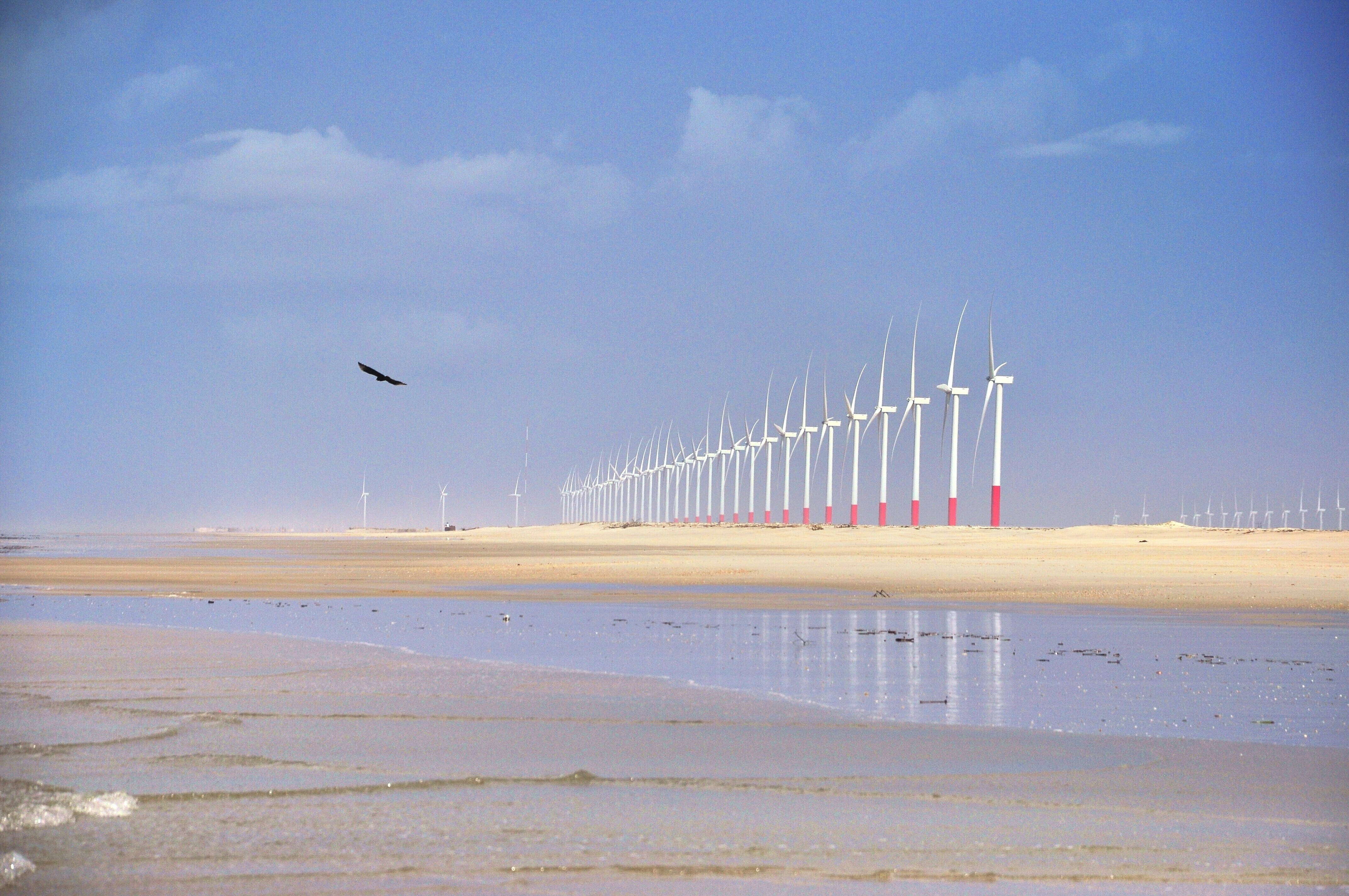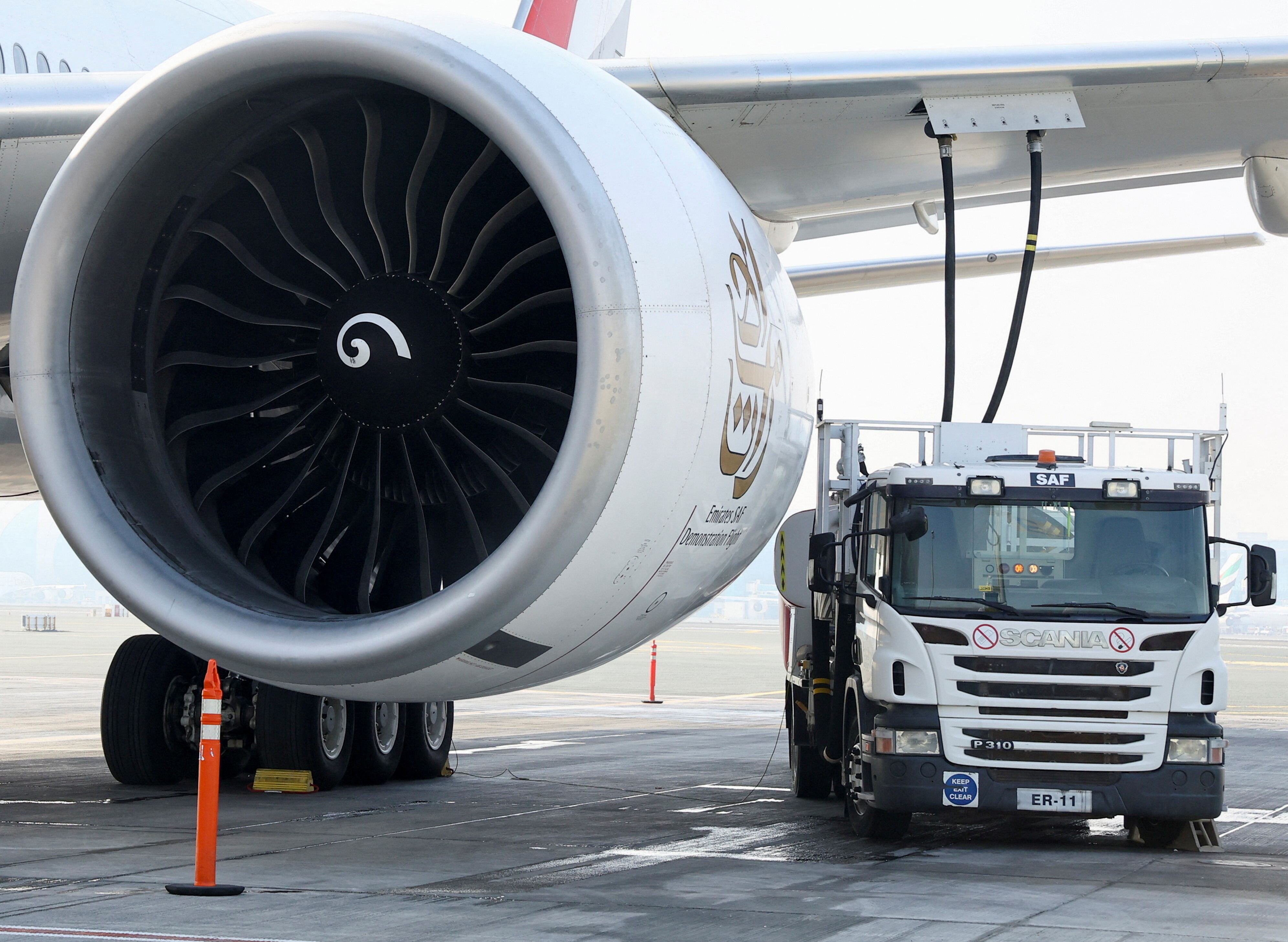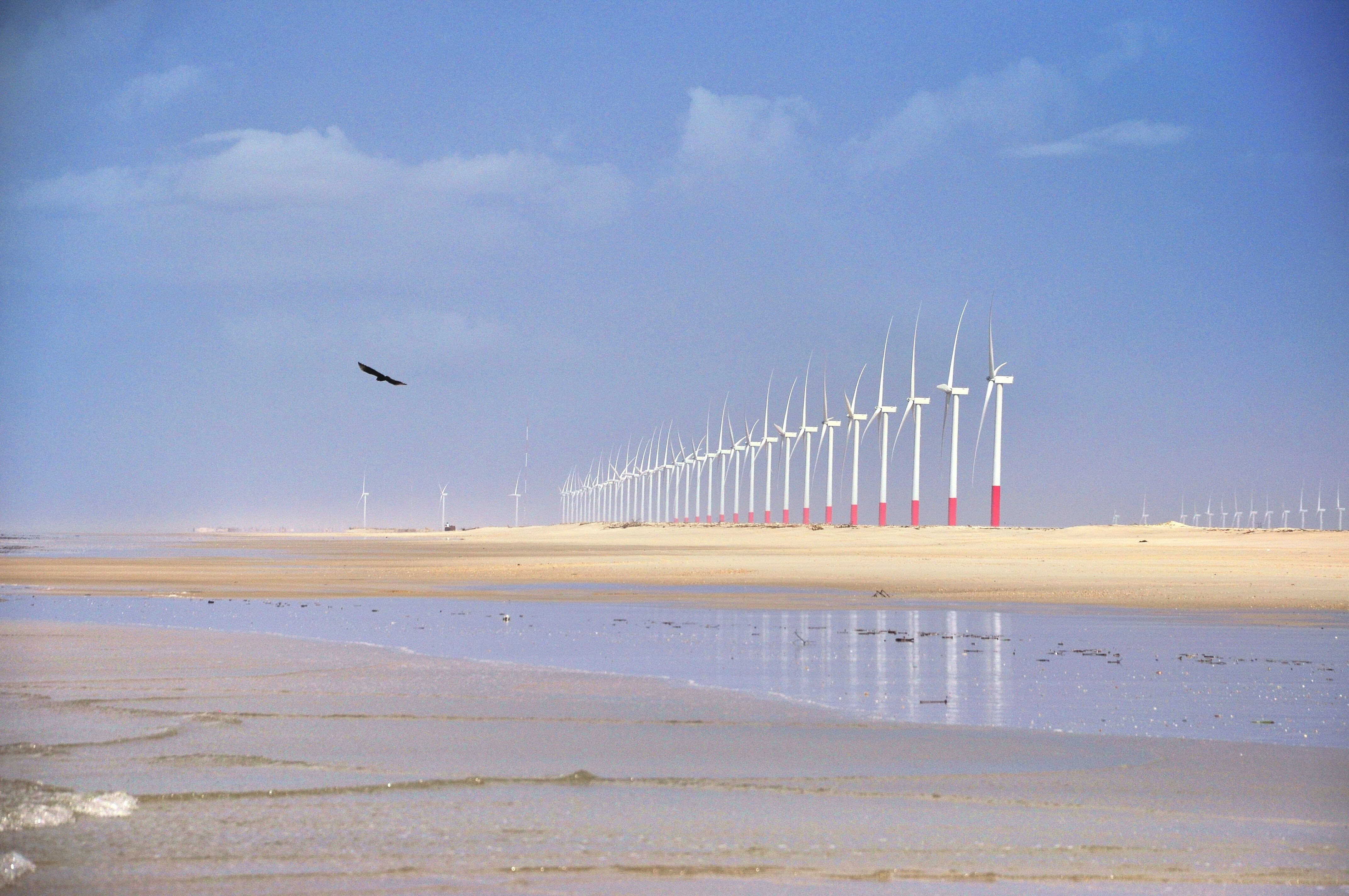1998, degree in French Business Language, and 1999, Master's in Economics and Business Administration, NHH, Norway; 2010, Master's in Global Leadership, World Economic Forum. 2000-04, Adviser, Norwegian Ministry of Petroleum and Energy; 2004-06, First Secretary and Energy Adviser, Norwegian Delegation to the OECD and IEA, Paris France. Since 2006, with the World Economic Forum: 2006-08, Senior Community Manager, Head of Electricity Industry; 2008-10, Associate Director, Head of Electricity and Energy Technology Industry; 2010-13, Associate Director, Head of Knowledge Management and Integration, Energy Industries; since 2013, Director, Head of Knowledge Management and Integration, Energy Industries.














